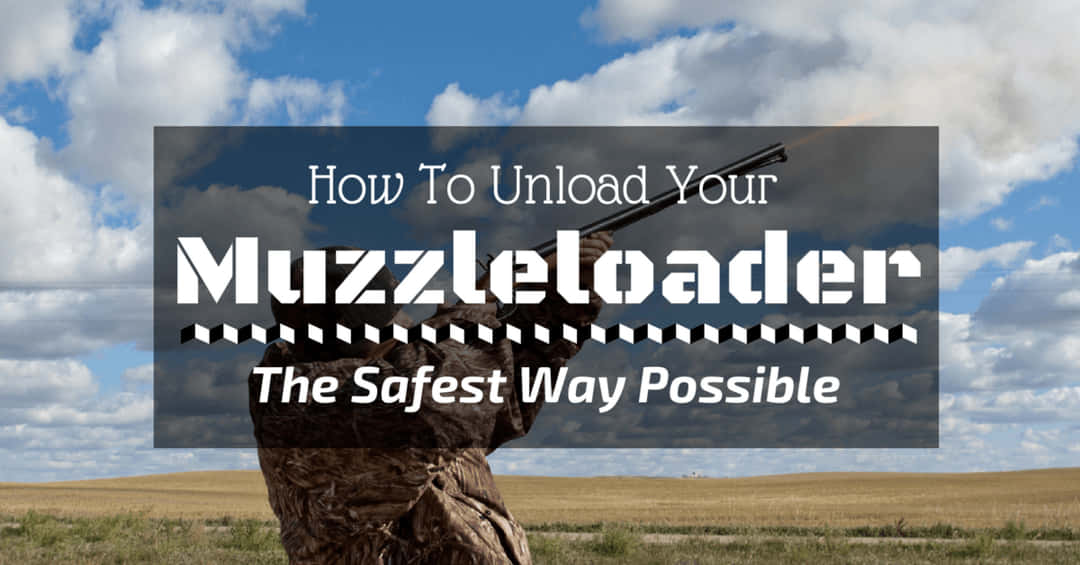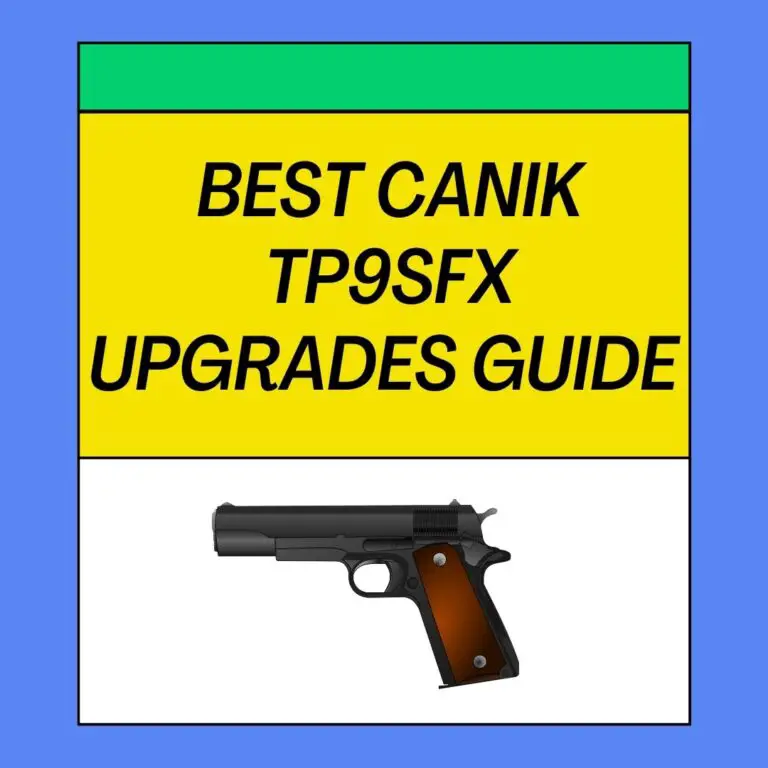
From the get-go, my father has always stressed the significance of safety in my every endeavor. And in deer hunting, the precaution of unloading a loaded muzzleloader is of paramount importance.
Now that my sons are starting to show interest in hunting just like I did when my dad realized I was like him in this hobby, it is my duty to expose them not only to its competitive nature but also to a much safer, hunting environment while unloading a muzzleloader.
My father, who still is a veteran buck hunter, has always preferred the use of muzzleloader over the newly released, modern firearms which are harder to master.
But while it is more preferred by more hunting enthusiasts, muzzleloaders can also be tricky when unloading. Why? Well, the worse that can happen is it can explode right in your face. I can’t stress enough how important safety precaution is when unloading a muzzleloader.
Now, Just What Is A Muzzleloader?
Despite my ample years of training in deer hunting, there are still days when I can’t distinguish a muzzleloader from other firearms.
A muzzleloader’s presence is very much felt in hunting. Its mechanism is unique as its projectile and propellant charge are loaded from the firearm’s barrel which is called the “muzzle”.
The term “muzzleloader” may mean two things. Primarily, it is used to refer to a marksman whose practical experience in using a muzzleloader firearm is beefed up.
On the other hand, muzzleloaders can also be used to describe an individual shooting with this very type of firearm. Interestingly, it’s more popular for its theatrical use in historical re-enactments.
And while muzzleloaders are celebrated in the hunting world for its use of a potent black powder weaponry, the firearm is also infamous for its difficulty to fire, load, and clean it after a long day of hunting.
The Importance Of Unloading A Muzzleloader
Naturally, muzzleloaders are expected to be cleaned right away after shooting. And as most cases go, cleaning a loaded muzzleloader is more precarious than you think.
This favored firearm in hunting uses a dangerous, corrosive material called “black powder” which spoils the weapon. You’ll see a fouling or pitting effect when the powder is permitted or retained in the weapon for quite some time.
Unloading the muzzleloader in a careless fashion can also lead to some dire repercussions. Notably, it can affect the accuracy and precision of the firearm while rendering your weapon a bit of a letdown when loading it.
First Things First: How To Clean Your Firearm?
Watching my father unloading a muzzleloader has been a chore for me. He was always meticulous with it.
As such, he always reminds me to refer to the weapon’s guidelines and even those often-disregarded manuals as most manufacturers of the firearm back then are recommending a multitude of cleaning guides.
In addition, he stressed out the importance of following each and every cleaning guide whichever manufacturers I choose. More importantly, he shared various tips on how to clean the muzzleloader first before unloading it.
As such, users are advised to swab the firearm’s barrel with a damp cotton before use. Also, use a cleaning kit specially tailored for muzzleloaders.
Firearm users should also learn how to clean the weapon’s lock. Today, most of the models’ lock is adjoined with a bolt or two. You should loosen the bolt first before you clean both sides, then scrub, dry and oil it right before replacing it.
Ways To Unload Your Muzzleloaders Safely
While almost all the manuals from your manufacturers offer numerous guidelines in unloading a muzzleloader, it is of utmost importance to read and understand them so as not to commit the most serious of mistakes. My dearest firearm users, manuals are not designed just for you to fling them somewhere!
For the uninitiated, here are some of the most common yet safest ways to unload your muzzleloader:
1. Use a CO2 discharger
It’s quite useful to get a CO2 discharger. The best approach to discharging your barrel will depend largely on the type of muzzleloader you use.
For flintlock muzzleloader users, it is advised always to put the discharger against the touchhole.
Meanwhile, slipping the discharger over the areola is recommended for those who use a percussion bolt muzzleloader.
2. Use a fitting backstop
The use of a suitable backstop can also aid discharging your muzzleloader. A backstop is referred to as a mechanism or a thing that is situated at the back which plays as a boundary or support.
It is advised not to shoot the muzzleloader into the ground to avoid a rebound shot .The same logic applies to when attempting to shooting into the air.
3. Get a modern inline muzzleloader
For those who prefer to up their ways of unloading a muzzleloader, the current in-line muzzleloader is definitely made for you.
Quite simply, all you need to do is take away the breech plug and voila! Subsequently, you need to push the projectile and powder out of the barrel’s rear.
As soon as the muzzleloader is emptied, put the loading bar or your ramrod in the barrel. Perform this step accurately before you incline the muzzleloading firearm against its shooting rest!
Its crucial you don’t forget this step. Otherwise, it would result to debris falling in the barrel which would unfortunately block the touchhole.
Read More: From the Woods To The Table: How to Process A Deer And Cook Venison On Your Own
Conclusion
Considering everything, your safety in unloading a muzzleloader lies on how patient you are with reading the manufacturer’s manual and understanding what’s best for your firearm.
And per my father’s safety advice, it’s a must to remember that when your muzzleloader has not been fired in 30 seconds, you must re-prime the pan accordingly and make one more attempt.
Furthermore, hold it on for an additional 30 seconds. In the event that the muzzleloader does not cooperate, the CO2 discharger should be able to ditch the powder and projectile charge.
My father used to remind me that at the end of the day, it is ultimately the user’s duty to determine the safest approaches in unloading your particular muzzleloader.
So, have you read everything in your muzzleloader’s manual? If you find this article useful, share these tips with your friends who have just gotten started on using their muzzleloaders!

I’m Cindy, a free-spirited outdoor enthusiast. Since childhood, Our family frequently goes on weekend camps and my father, who was a skilled hunter, used to teach my siblings and me valuable things about wildlife survival. I made this blog to share my knowledge, experiences, and tips.






